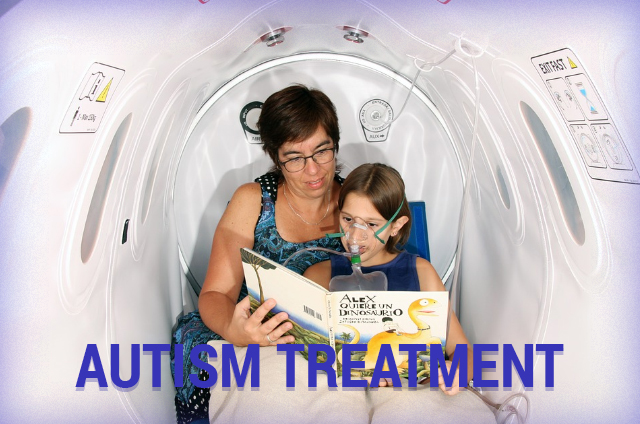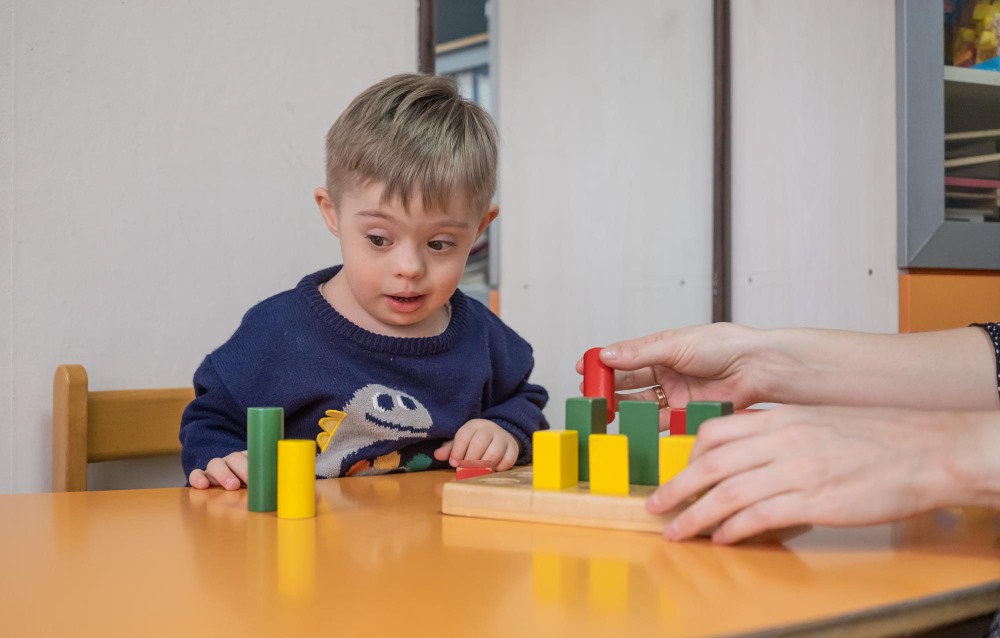Autism is classified by the American Psychiatric Association as one of a group of disorders known as the pervasive development disorders (PDD). In addition to autistic disorder, the pervasive developmental disorders include Asperger’s syndrome, childhood disintegrative disorder, Rett disorder, and pervasive developmental disorder not otherwise specified (PDD NOS).
- All of these disorders are characterized by varying degrees of problems with communication, social interaction, and atypical, repetitive behaviors. This group of disorders is sometimes called the autism spectrum disorders (ASDs).
- There is a wide range of symptoms, severity, and other manifestations of these disorders. The expression of autism spectrum disorders varies widely from person to person. A child with significant impairment in all 3 of the core functioning areas (socialization, communication, and atypical, repetitive behaviors) may have autism, while a child with similar problems but without delays in language development may have Asperger’s syndrome.
- Some people are affected fairly mildly; many of these individuals learn to live independent lives. Others are more severely affected and require lifelong care and supervision.
Autism is a common developmental disorder.
- About 1 in every 1000 people in the United States has autism, and the number of children diagnosed with autism spectrum disorders appears to be increasing. Although there is a concern that the actual number of children with autism spectrum disorders is increasing, several factors, such as improvements in diagnostic methods and the view of autism spectrum disorders as being on a continuum, can account for the increase.
- As many as 1.5 million people in this country may have some form of autism.
- Autism affects all races, ethnic groups, and socioeconomic levels.
- Boys are 3-4 times more likely than girls to have autism.
There is no cure for autism. There is good news, however.
- A generation ago, most children with autism were institutionalized. This is no longer the case and most children live with their families.
- Our improving understanding of autism has shown that, regardless of the severity of the condition, appropriate autism treatment and education can eventually help many children with autism to be integrated into their community.
- Early diagnosis is essential for implementing appropriate treatment and education at an early age, when they can do the most good.
Source : e-medicine health online magazine




hi everybody ! This is a beneficial information ! bye!
[…] study was done by Scherer and his colleagues with 85 pairs of siblings having ASD, from the 85 families. The study shows an interesting data. It shows that 36 sibling pairs of those […]